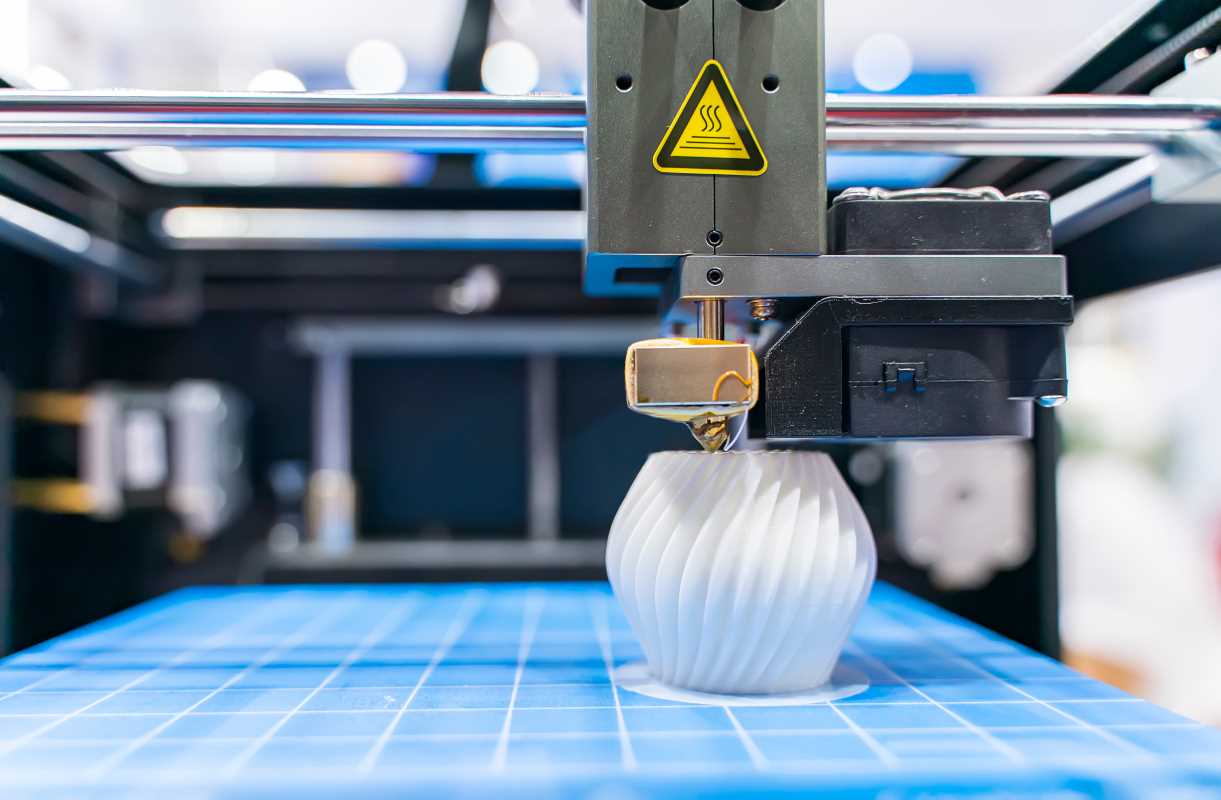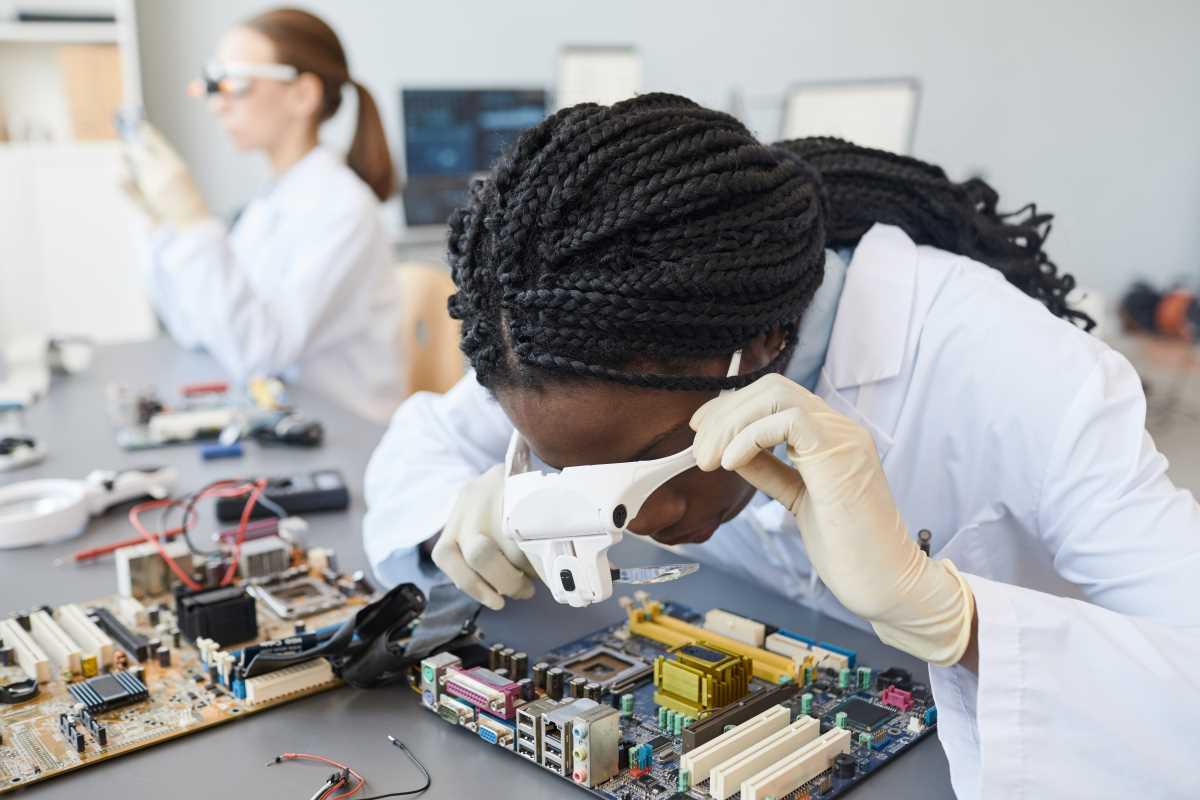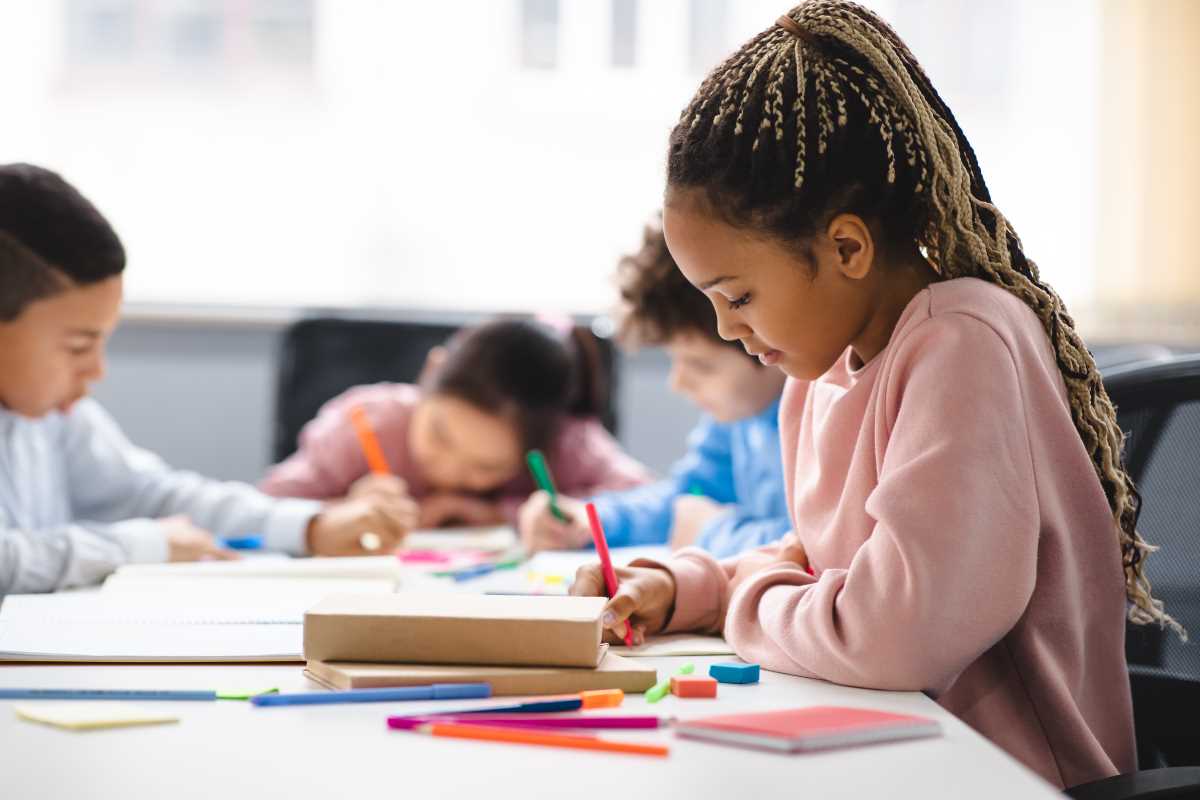The integration of 3D printing technology into middle school science labs reshapes the educational landscape. This innovative tool enables students to bring their scientific concepts to life, creating a deeper understanding of complex subjects. By facilitating hands-on creation, 3D printers enhance the learning experience and prepare students for future technological advancements.
3D printing allows educators to design custom models and experiments that suit various learning styles. This adaptability ensures that each student can engage with the material in a way that resonates best with their individual needs. As a result, the classroom environment becomes more dynamic and interactive, encouraging active participation and sustained interest in scientific studies.
The Educational Benefits of 3D Printing
- Enhanced Visualization: Students visualize complex scientific structures and concepts by creating tangible models, making abstract ideas more concrete.
- Improved Problem-Solving Skills: Designing and printing 3D models encourages critical thinking and creativity, essential for solving real-world problems.
- Increased Engagement: Interactive projects involving 3D printing capture students' attention and motivation, leading to a more engaging learning experience.
- Personalized Learning: 3D printing allows for the customization of educational materials, catering to diverse learning paces and styles.
- Collaboration Opportunities: Group projects involving 3D printing promote teamwork and communication skills among students.
Challenges of Implementing 3D Printing
- Cost of Equipment: Acquiring high-quality 3D printers and maintaining them can be financially demanding for some schools.
- Solution: Schools can seek grants, partnerships with local businesses, or community fundraising to offset initial costs.
- Training for Educators: Teachers may require specialized training to effectively integrate 3D printing into their lesson plans.
- Solution: Professional development programs and workshops can equip educators with the necessary skills and knowledge.
- Curriculum Integration: Aligning 3D printing activities with existing curricula can be challenging.
- Solution: Collaborating with curriculum developers creates cohesive lesson plans that incorporate 3D printing seamlessly.
- Maintenance and Technical Issues: Regular maintenance is essential to ensure the smooth operation of 3D printers, and technical issues can disrupt the learning process.
- Solution: Establishing a maintenance schedule and having technical support available minimizes downtime and keeps projects on track.
Future Implications of 3D Printing in Education
The future of education will likely experience significant influence from advancements in 3D printing technology. As schools continue to adopt this tool, the possibilities for improving learning experiences expand exponentially. Integration with online education platforms further broadens the reach and effectiveness of 3D printing in diverse learning environments. This synergy can lead to more personalized and flexible educational models, accommodating a wider range of student needs and preferences.
The continual evolution of 3D printing materials and techniques will unlock new educational opportunities, allowing for more sophisticated and specialized applications in various scientific disciplines. As technology becomes more accessible, the barriers to entry will decrease, enabling more schools to benefit from this innovative tool. Ongoing collaboration between educators, technologists, and policymakers will be crucial in shaping the role of 3D printing in education, ensuring that it contributes positively to the development of future generations.
As 3D printing continues to advance, its role in education will likely expand beyond the science labs. Cross-disciplinary applications could emerge, integrating 3D printing with subjects like art, engineering, and mathematics, thereby enriching a more holistic learning experience. This integration not only enhances students' technical skills but also nurtures their creativity and innovation, essential qualities in the rapidly evolving global landscape.
The Potential of 3D Printing
The potential of 3D printing in education extends to preparing students for future careers in STEM fields. By providing early exposure to this technology, schools equip students with valuable skills that are increasingly in demand in the job market. This proactive approach ensures that students are not only consumers of technology but also contributors to its ongoing development and application.
Furthermore, 3D printing can play a significant role in promoting inclusivity and accessibility in education. Customized learning tools and adaptive devices can support students with diverse needs, ensuring that every learner has the opportunity to succeed. This inclusive approach aligns with the broader goals of modern education, emphasizing equity and equal opportunities for all students.
The integration of 3D printing into education also encourages a hands-on, experiential learning model that complements traditional teaching methods. This combination of practical and theoretical learning can lead to a more balanced and effective educational experience, creating a deeper understanding and appreciation of scientific principles.
3D printing holds the promise of revolutionizing not only the current educational framework but also the future of learning itself. Its ability to adapt to various educational contexts and its potential for continuous innovation make it a valuable asset in the pursuit of educational excellence.
As schools navigate the challenges of implementing 3D printing technology, the long-term benefits far outweigh the initial hurdles. The enhanced educational benefits, combined with the forward-thinking implications, position 3D printing as a cornerstone of modern science education.
3D printing is set to revolutionize education by transforming teaching methods and empowering students with advanced skills for a dynamic future. Ongoing investment in this technology promises a more interactive and enriched learning experience for every student.







